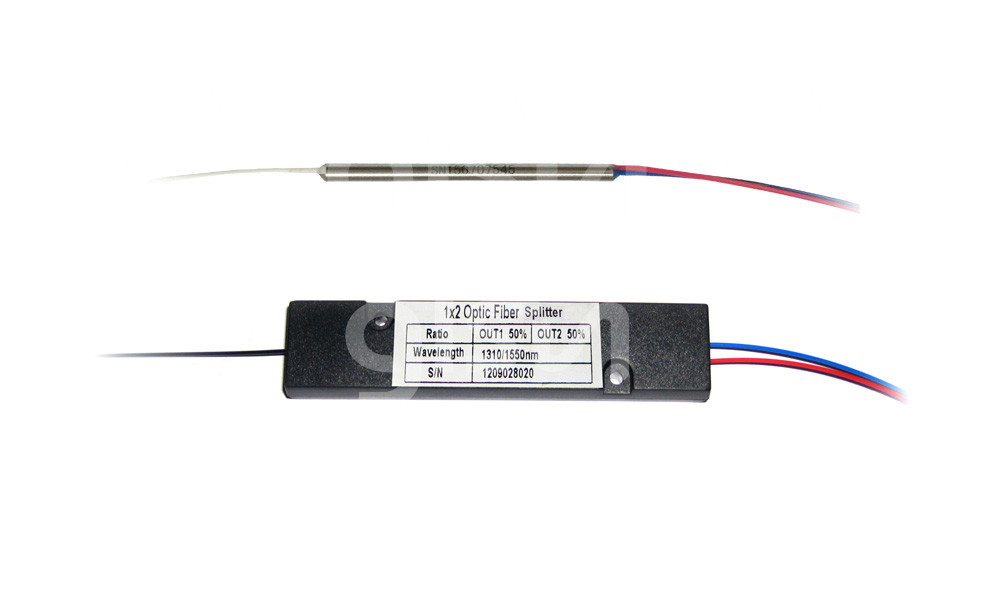What Optical Components Are Essential for XGS-PON Network?
2024-08-10
In the swiftly advancing realm of fiber-optic networks, XGS-PON (10 Gigabit Symmetrical Passive Optical Network) is rising as a key technology for providing high-speed broadband services. As internet service providers (ISPs) and network operators work to satisfy the increasing demand for faster and more dependable internet connections, comprehending the primary optical components employed in an XGS-PON network is crucial. These components not only guarantee effective data transmission but also contribute significantly to the overall performance and scalability of the network.
1.Optical Line Terminal (OLT)
At the core of any XGS-PON network is the Optical Line Terminal (OLT). The OLT is typically located at the service provider's central office and is responsible for transmitting data to and from multiple Optical Network Units (ONUs) or Optical Network Terminals (ONTs) located at customer premises. The OLT converts electrical signals into optical signals, which are then transmitted over the fiber-optic network. It also manages the dynamic bandwidth allocation, ensuring that each connected device receives the necessary bandwidth.

2.Optical Network Unit (ONU) and Optical Network Terminal (ONT)
ONUs and ONTs are the end-user devices in an XGS-PON network. These devices receive the optical signals from the OLT and convert them back into electrical signals that can be used by customer devices, such as computers, routers, and smart home devices. While the terms ONU and ONT are often used interchangeably, ONT typically refers to the unit located at the customer's premises, while ONU can be located either at the customer's premises or elsewhere in the network, such as in a curbside cabinet.
3.Bidirectional Optical Sub-Assembly (BOSA)
A critical component within the ONU/ONT is the Bidirectional Optical Sub-Assembly (BOSA). The BOSA is responsible for both transmitting and receiving optical signals over a single fiber. It contains a laser diode for transmission, a photodiode for reception, and a Wavelength Division Multiplexing (WDM) filter to separate the transmitted and received signals. BOSAs are highly integrated components that are essential for the compact and cost-effective design of ONU/ONT devices. They play a crucial role in ensuring the high performance and reliability of XGS-PON networks.

4.Optical Splitters
Optical splitters are passive devices used to divide a single optical signal into multiple signals. In an XGS-PON network, a single OLT can serve multiple ONUs/ONTs through the use of optical splitters. These splitters are typically installed in the fiber distribution hubs and enable the sharing of optical fibers among multiple customers, thereby reducing the overall cost of the network deployment. The splitting ratio (e.g., 1:32, 1:64) determines how many endpoints can be served by a single OLT port.

5.Wavelength Division Multiplexing (WDM) Components
Wavelength Division Multiplexing (WDM) technology is employed in XGS-PON networks to enable the simultaneous transmission of multiple signals over the same optical fiber by using different wavelengths (or colors) of light. WDM components, such as WDM filters and multiplexers, are used to combine and separate these wavelengths. In an XGS-PON network, WDM is essential for combining the upstream and downstream signals, allowing for efficient use of the available bandwidth and enabling high-speed data transmission.
6.Fiber Optic Cables
The fiber optic cables used in XGS-PON networks are the physical medium that carries the optical signals between the OLT, splitters, and ONUs/ONTs. These cables are made of glass or plastic fibers that transmit data as light pulses. Single-mode fiber (SMF) is typically used in XGS-PON networks due to its ability to transmit data over long distances with minimal signal loss. The quality and installation of fiber optic cables are critical for ensuring the overall performance and reliability of the network.
7.Optical Connectors and Patch Cords
Optical connectors and patch cords are used to join different optical components and ensure the seamless transmission of optical signals across the network. These connectors need to be of high quality to minimize signal loss and reflection, which can degrade network performance. Common types of optical connectors used in XGS-PON networks include SC/APC, LC/APC, and MPO connectors. The choice of connector depends on the specific requirements of the network, such as insertion loss, return loss, and compatibility with other components.







